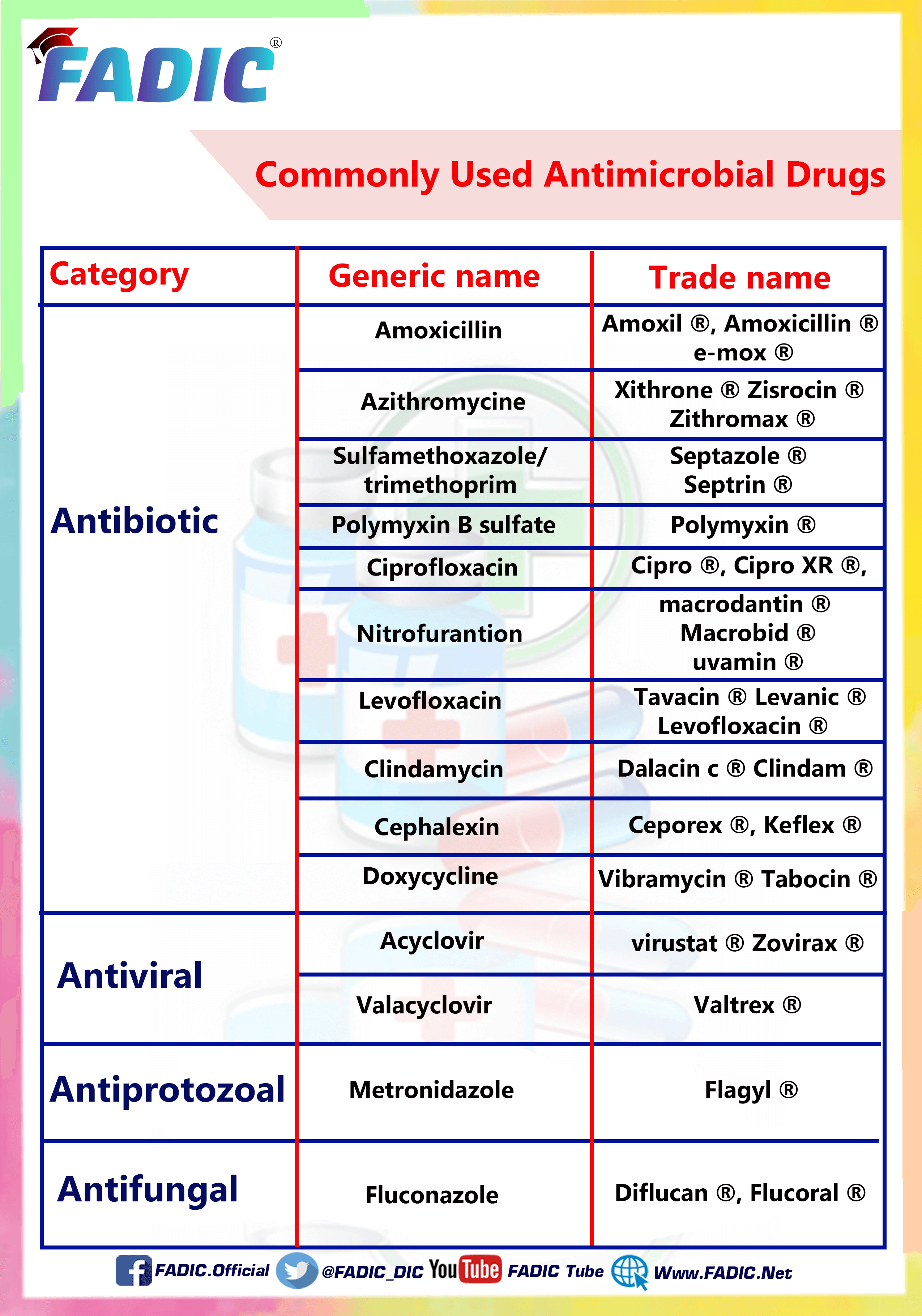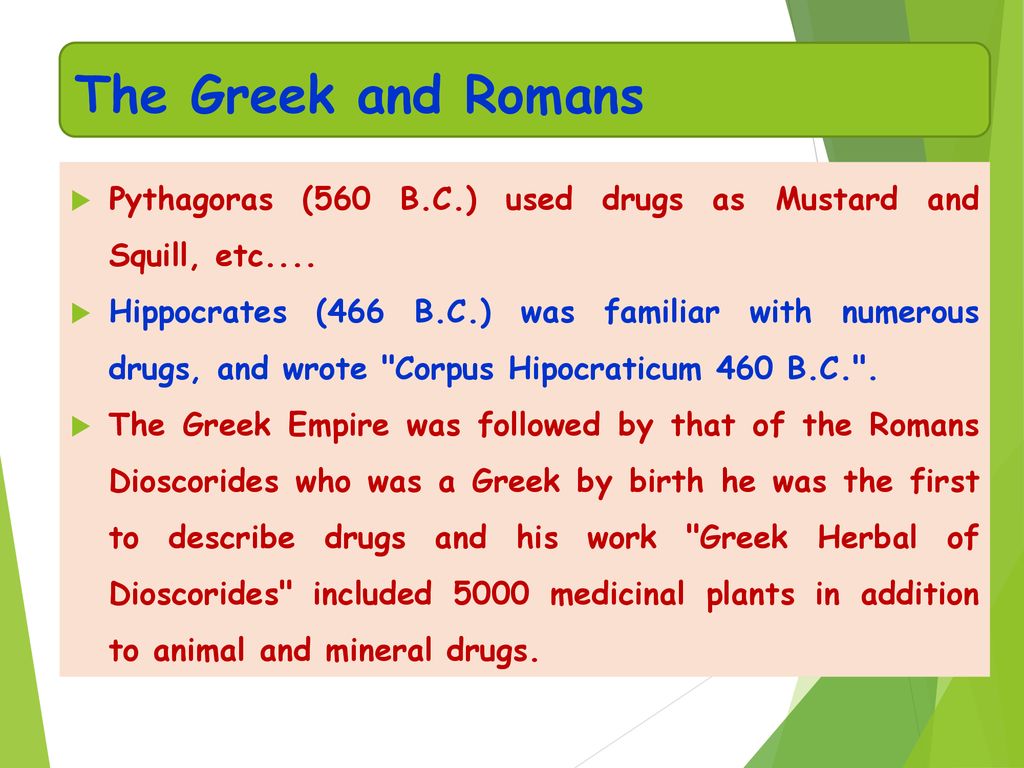Three Main Groups Used to Describe Actions of Drugs
Drug recognition experts group drugs into different categories depending on how they impact the body after use. TABLE 101 Mechanism of Action of Important Antibacterial and Antifungal Drugs.

Top 200 Drugs To Memorize In Your Daily Clinical Practice
Stimulants speed up the function of the central nervous system.

. The word antibiotic will be used to describe. Each class of antibacterial drugs has a unique mode of action the way in which a drug affects microbes at the cellular level and. Prevents or delays clotting and prevents existing clots from extending or getting larger.
Tricyclics monoamine oxidase inhibitors and selective serotonin reuptake inhibitors SSRIs. Most antimicrobial drugs currently in clinical use are antibacterial because the prokaryotic cell provides a greater variety of unique targets for selective toxicity in comparison to fungi parasites and viruses. These agents generally are of three types.
Restore lost function of a irreparably damage organ. Function-how the drug works its mode of action. Brain changes that occur over time with drug use challenge an addicted persons self-control and interfere with their ability to resist intense urges to take drugs.
Prevents or relives nausea and vomiting by blocking the effects of dopamine serotonin or histamine release. When drugs are categorized based on their shared effects the result is typically 7-10 or even more major categorizations of drugs. There are four categories of drugs and each affects the body in different ways.
Interactions of drugs with other drugs drug-drug interactions Drugs with food drug-food interactions Drug with disease condition drug-disease interactions. They act on a part of the nervous system that controls blood pressure known as the sympathetic nervous system. 1 interference with cell wall synthesis 2 inhibition of protein synthesis 3 interference with nucleic acid synthesis 4 inhibition of a metabolic pathway 5 inhibition of membrane function.
Drug addiction is a chronic disease characterized by drug seeking and use that is compulsive or difficult to control despite harmful consequences. Cell wall ribosomes nucleic acids and cell membrane Table 101. The drug categories are.
Drugs can be categorised by the way in which they affect our bodies. It is important to know the possible drug interactions as these can cause serious adverse reactions or result in failed therapy. This group of drugs was introduced next after diuretics to be used for hypertension.
Which of the following is not one of the three main groups used to describe action of drugs. Depressants slow down the function of the central nervous system. Drugs can be used to do which of the following EXCEPT.
Some drugs may slow down the body and other drugs can speed up bodily functions. There are three main groups of mood-lifting antidepressants. Cellular mechanism of action of the drug or its sub-cellular mechanism of action Organ or system level of the drugs physiological effects.
Those drugs which facilitate gamma-aminobutryic acid GABAergic neurotransmission. Heparin sodium Dicumarol warfarin sodium and enoxaparin. The action of some drugsincluding inhalation anesthetic agents osmotic diuretics purgatives antiseptics antacids chelating agents and urinary acidifying and alkalinizing agentsis attributed to their chemical action or physicochemical properties.
There is a common misconception that. There are dozens both prescription and commonly. BETA BLOCKERS ALPHA BLOCKERS AND SYMPATHOLYTIC DRUGS.
A chemical substance derivable from a microorganism or produced by chemical synthesis that kills or inhibits microorganisms and cures infections. Chemical structure of the drug. The compounds acting on GABAergic systems may be further subdivided.
Drugs used in the clinic can have targets other than the major families of receptors enzymes and ion channels. Hallucinogens narcotics stimulants and depressants are addictive and can produce withdrawal symptoms when a user stops taking them. Ether oxygen Alkyl chain Secondary amine Methyl group Aromatic ring Aromatic ring Trifluoromethyl group Defi nitions Pharmacokinetic effects have been generally defi ned as those that explain what the body does to the drug whereas pharmacodynamics.
Depending on their mechanism of action anticonvulsant drugs in clinical use may be divided into three groups. Cyclooxygenase is required to convert arachidonic acid into thromboxanes prostaglandins and prostacyclins9 The therapeutic effects of NSAIDs are attributed to the lack of these eicosanoids. Upon learning that a patient is taking herbal supplements the MAs most appropriate response is to.
A psychotropic drug is a drug that affects behavior mood thoughts or perception. The 5 main groups Name at least one antibiotic in each class. And those whose mechanism of action is unresolved.
There are fix major modes of action. Those which block neuronal ion channels. 1 synthetic chemicals 2 chemical substances or metabolic products made by microorganisms and 3 chemical substances derived from plants.
Prised of seven parts or seven specific functional groups. Antimicrobial drugs can be used for either prophylaxis prevention or treatment of disease caused by bacteria fungi viruses protozoa or helminths. Pharmacologically important examples include but are not limited to transporters both as drug targets and for their ability to modify drug action structural components of the cell such as tubulin and DNA and RNA.
Some drugs affect the body in many ways and can fall into more than one. The main mechanism of action of NSAIDs is the inhibition of the enzyme cyclooxygenase COX. Therapeutic intent of the drug.
Hallucinogens affect your senses and change the way you see hear taste smell or feel things. There are four major sites in the bacterial cell that are sufficiently different from the human cell that they serve as the basis for the action of clinically effective drugs. Mechanism of Action.
Drug interactions can be categorised into 3 groups.

Pharmacognosy Definition Ppt Download

No comments for "Three Main Groups Used to Describe Actions of Drugs"
Post a Comment